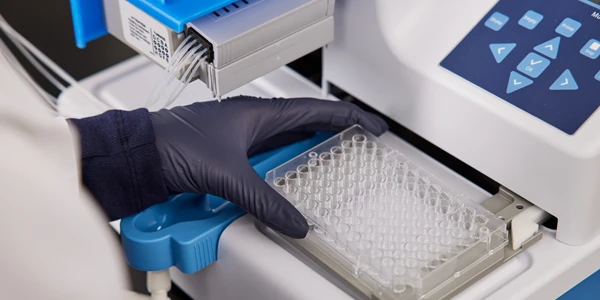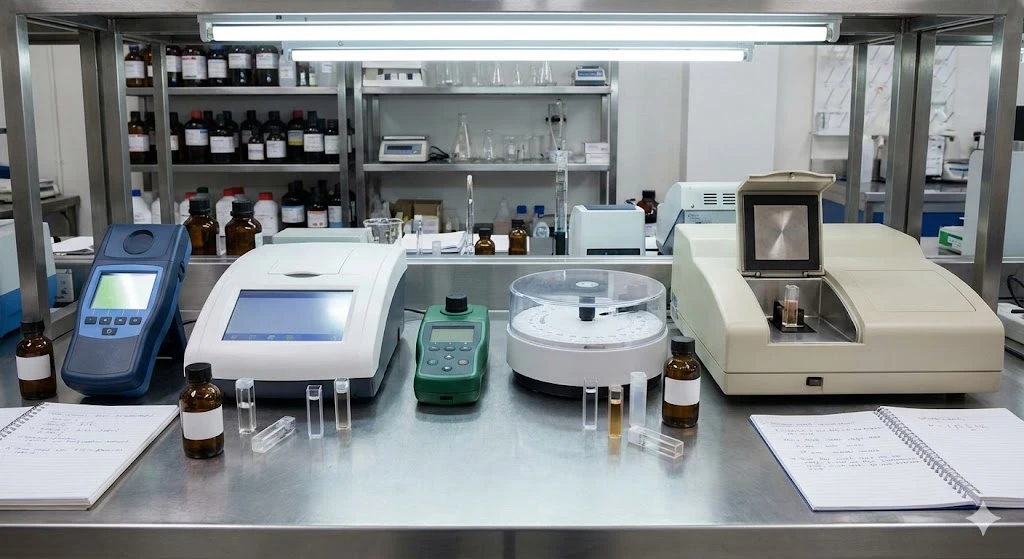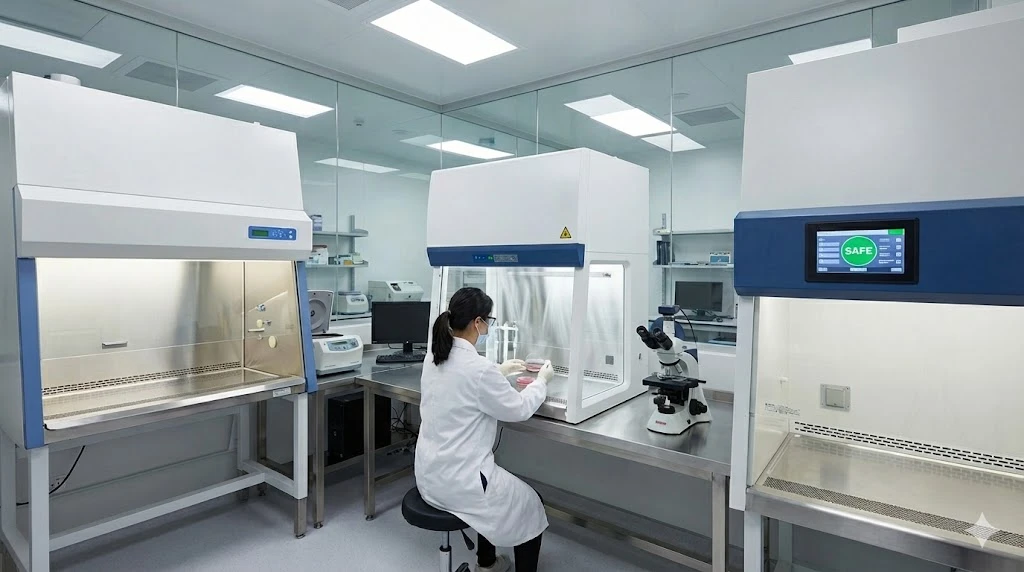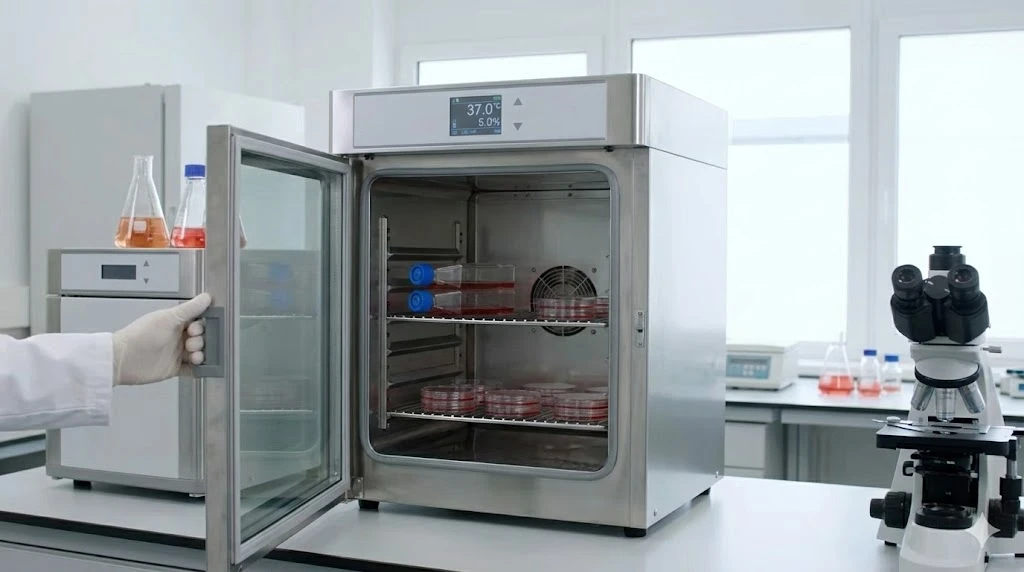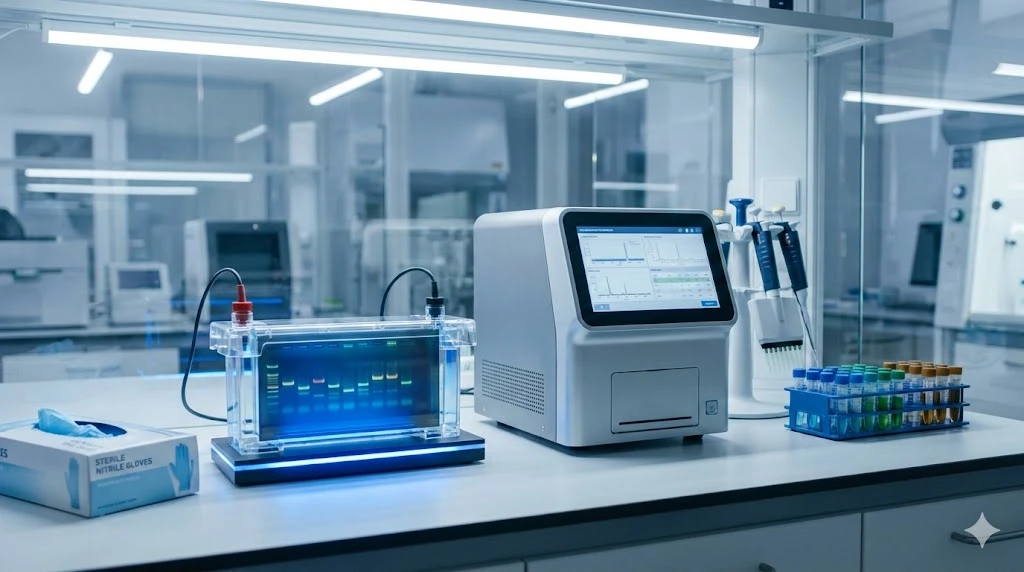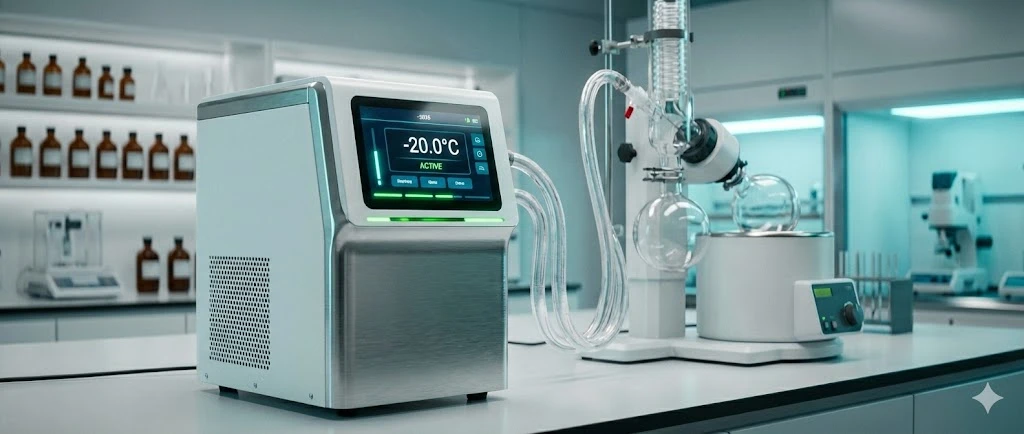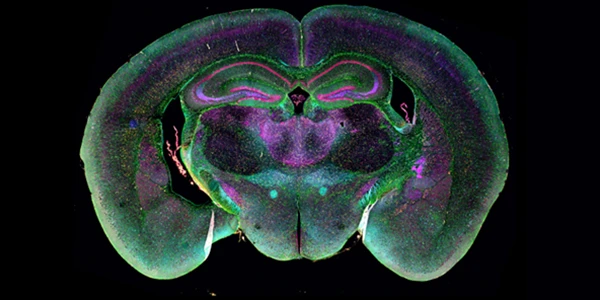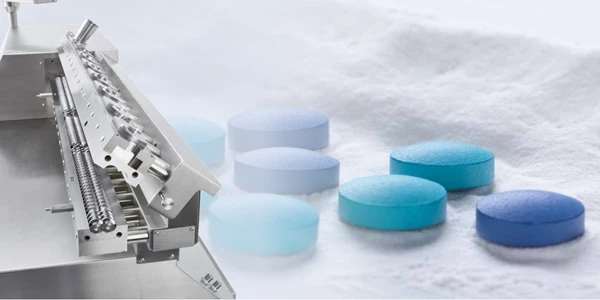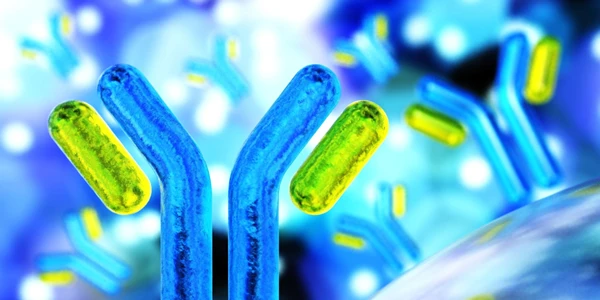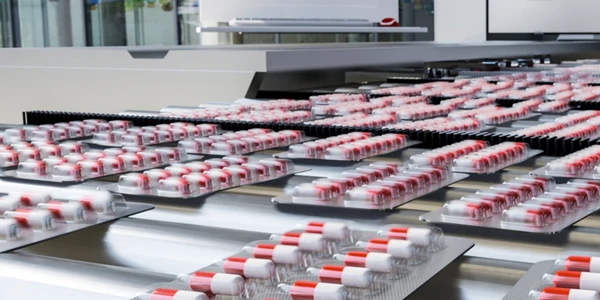Upgrading Your NMR Instrument Console: The Right Alternative to Buying New
An exclusive interview with Mike Frey, PhD, NMR Product Manager Emeritus at JEOL
When legacy NMR instruments are no longer supported by major brands, many NMR spectroscopists are faced with a dilemma: keep their magnet and upgrade their console to the latest software or purchase an entirely new system.
The lifespan of the magnet typically outlasts the operating RF console, and upgrading the console enables the magnet and instrument to perform on par with the latest technology. Moreover, upgrading the console is a valuable way to save costs and gain access to powerful capabilities such as newer probes, sample changers, and modern applications.
We spoke with Mike Frey, product manager emeritus at JEOL, to discuss the pros and cons of upgrading versus buying new, as well as the motivation behind the new NMR Console Upgrade Initiative offered by JEOL. For those who are curious to learn more about the program, the digital NMR Upgrade Program Guide is available at: www.jeolusa.com/NMRupgrade
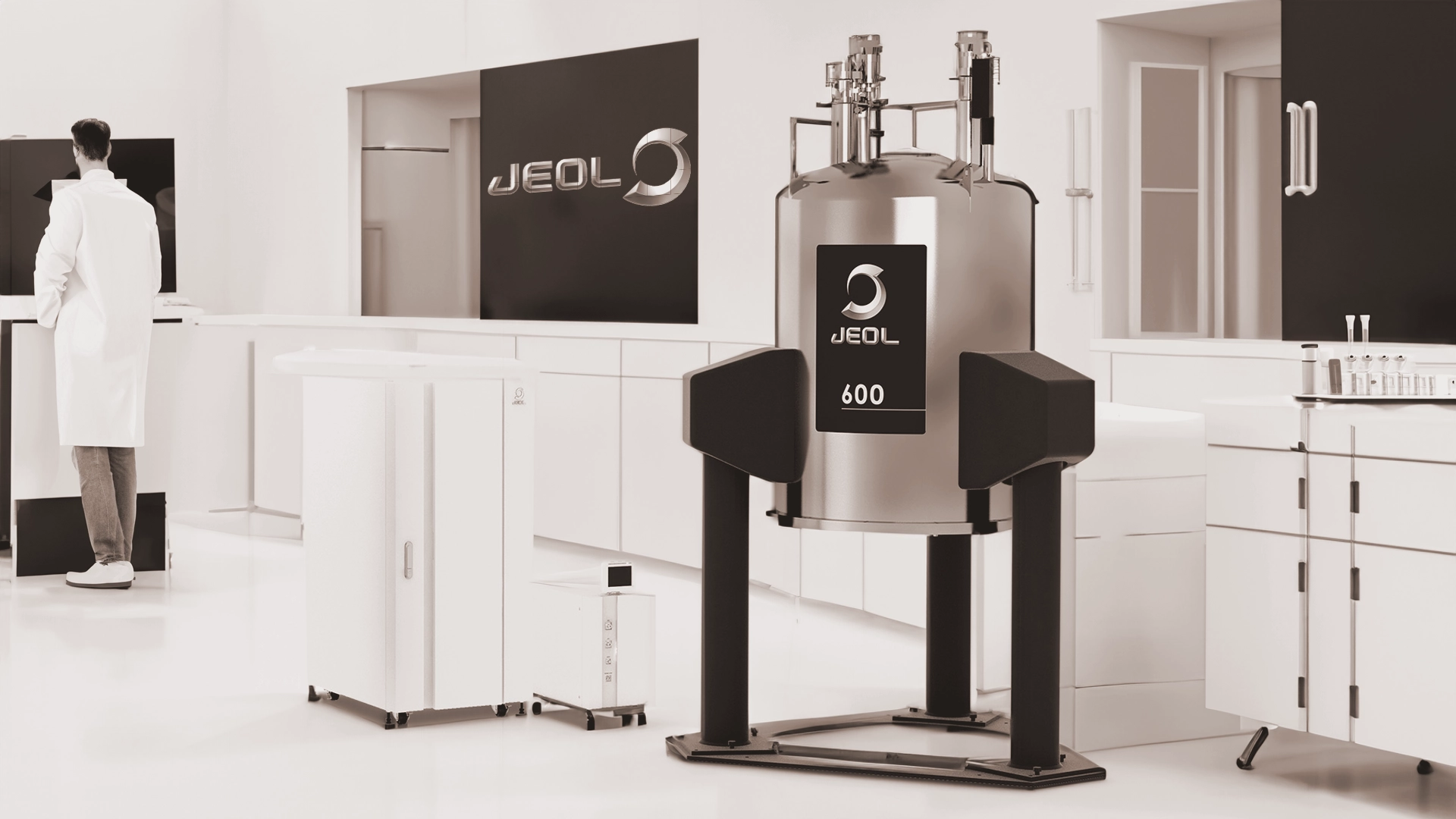
Q & A
Doctor Frey has a PhD in Biochemistry and postdoctoral experience in NMR-based solution state structural biology. His current area of focus includes solid-state magnetic resonance, although he has worked in the general field of magnetic resonance for over forty years. At JEOL, Mike has held a variety of positions in areas including applications, software management, hardware research and development, and product management. His most recent efforts have included NMR console design, where he has played a role in software development behind the current console upgrade program. As an emeritus product manager at JEOL and an expert in all things NMR, Mike is an extremely valuable resource for institutional knowledge of products and applications in the field.
Damon Anderson (LabX) - JEOL has a rich history as a leader in technology innovation for a wide range of applications from the life sciences to materials characterization and more. Can you provide us with an overview of the JEOL mission and more recent areas that have been impacted by the company’s innovations?
Mike Frey (MF) - The mission at JEOL is to support scientists with the most advanced technologies. This includes microscopy areas such as scanning electron microscopes and transmission electron microscopes for materials, life sciences, and other important applications. Technical areas include spectroscopy, ionization techniques, and instrument designs that allow people to analyze samples quicker, faster, and with less prep.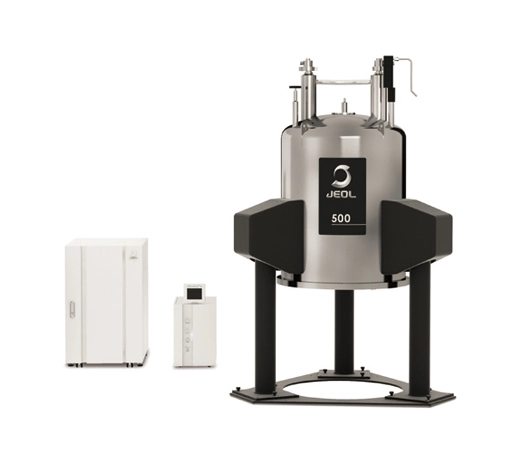
In NMR, we have been pushing towards making instruments easier to use while at the same time keeping the performance level up. In many areas, when you make an instrument easier to use, the performance tends to go down. We’ve had a good history of being able to push the needle to increase both ease of use and performance. This allows scientists to do more sophisticated experiments or get better answers quicker. Instruments that are easier to use by scientists without the need for a specialized operator. Instruments that allow faster time to results, thereby avoiding data collection and analysis that would traditionally take days to a week to acquire.
LabX - JEOL marketed the first NMR instrument in 1959 and has reached many milestones over the past sixty plus years since that time. Can you comment on a few of the highlights in NMR research and development during your tenure at JEOL?
MF - Early NMR required the use of highly specialized computers. JEOL was one of the first companies to push the technology towards commodity computers, which meant the costs came down and the user familiarity was much higher. Everyone knows how to run Windows or a Mac, but not everyone is familiar with running LINUX or UNIX-based systems. NMR requires radio frequency (RF) and tuned circuits. Adjusting the RF was always a manual thing, where you had to crawl under or atop the magnet to retune and change from one nucleus to another. We were the first to develop an auto tuning probe where the computer did the tuning for you. That significantly improved throughput and ease of use for users. The training level requirements went down without the need for manually changing nuclei, so now students and less specialized users could collect data using multiple probes. In solid-state NMR, we were the first innovators to break the 100 kHz spinning speed, which opened the door to collect proton solid-state data. This was traditionally a very specialized application, requiring a difficult experimental setup. Now it’s routine. We’ve expanded the capability of our two channel instruments to allow research-level experiments to be run at much lower expense with higher output.
LabX - What are some of the technical challenges related to operating NMR instruments regarding capabilities, support, and the need for upgrades?
MF - One of the biggest challenges is computer lifetime. If you have an older instrument with an older computer interface, getting parts to keep the units operational becomes a major issue. This is particularly relevant, considering that many instrument manufacturers are no longer in the business. JEOL has a well-developed pipeline of support. Many other systems suffer from lack of support, updates, and parts availability, usually on the hardware side. Operating systems might also become less secure. Those are the biggest challenges, as well as the issue of parts wearing. Although there are not many mechanical parts to typical NMR instruments, there are some that experience fatigue over time and use. Custom-manufactured replacement parts are needed, and availability once again is a big issue.
LabX - What NMR components can be re-used, and what parts are no longer needed during the upgrading process?
MF - The NMR magnets are usually the least prone to wear or obsolescence and can be re-used upon upgrading. As long as the facility is adequate and the operators get the cryogens right and are careful about cryogen fills, then the magnet should remain functional at a high level. The environment and the amount of ozone can impact the o-rings in the magnet assembly, which can develop slow leaks. There are kits available to refurbish a magnet by changing out the o-rings, sealing it back up, and testing for performance. If it’s a good magnet, it will return to earlier performance levels.
LabX - What are the benefits of upgrading an existing NMR system versus buying a whole new setup?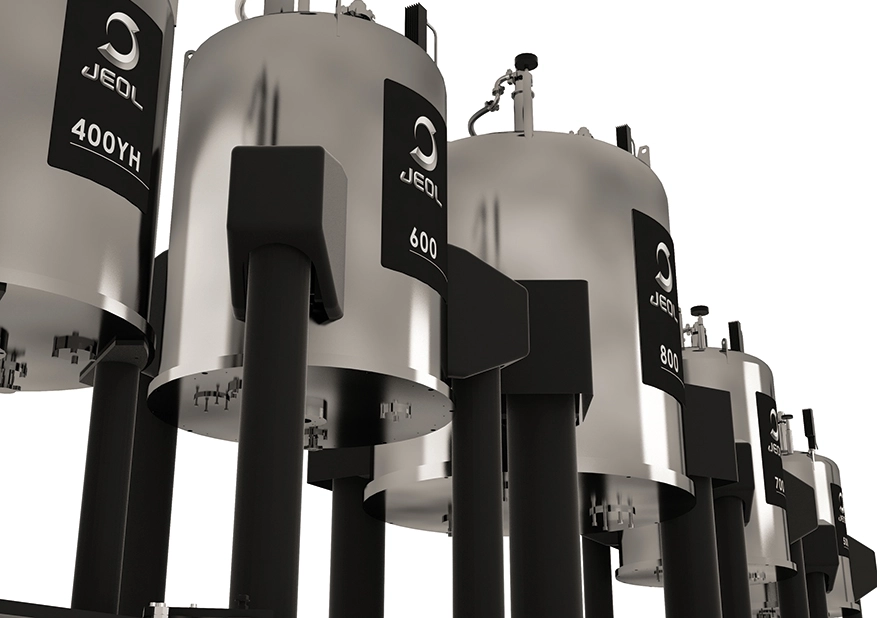
MF - The number one advantage of upgrading versus buying new is cost. Depending on the magnet, buying a new one can be 75% percent of the new system.
LabX - On the flip side, what are the advantages of upgrading versus sticking with an older console?
MF - An advantage of upgrading over older setups, depending on the age of the console, is the level of automation and sophistication in the type of experiments you can do. Early consoles, depending on their age, may not have gradients or may not have broadband options that are now standard features in newer systems. These cut processing times down by factors of 4 to 16, thereby speeding up throughput considerably. The newer probe technologies, which are the primary detectors, may have double or triple the sensitivity of older systems. A common issue that we see is users having probes designed for single applications. They may have a whole catalog of single probes and ask if they can be used in the new system. We tell them that the new probes can do everything the older probes can do—and do it better. So those are some of the advantages of upgrading to the new probe and RF technology. As well as newer software that can be run on different computers, for instance, laptops for data analysis. No longer is a workstation an absolute necessity. This allows data analysis to be conducted offline, avoiding tying up valuable instrument time.
LabX - Can you tell us a bit about the new JEOL NMR Console Upgrade Program and how it may benefit researchers currently working with NMR instruments?
MF - There’s been some consolidation in the market over the past several years. So, those NMR instrument consoles end up suffering from the parts availability issue. The upgrade initiative has always been there, and we’ve upgraded many of our consoles on our magnets. We’ve put our consoles on competitors’ magnets as well. Regarding those systems, there’s a large group out there where they’re facing a serious problem finding parts and keeping their consoles running. So, we’ve specifically targeted those customers saying, hey, look, you may not have considered a console upgrade. If you have a shielded magnet, it’s in your economic best interest to really consider a console upgrade. Do it, because the magnet is basically sitting there and, other than increases in Helium hold times, the homogeneity and quality of magnets have not significantly changed. It’s better to keep that system going by putting a new console on it.
LabX - How has the NMR world evolved, and where is the field heading? How is JEOL helping to shape the field moving forward?
MF - It’s expanding into broader territory, for instance, food science and quality control. NMR has a very low preparation overhead, and it is basically a mass balance. If you do NMR correctly, it’s quantitative, and there is no need for calibration or a calibration curve such as needed in [quantitative] mass spec or chromatography. If you can make a sample properly and it’s well behaved, then you could put a reference compound in there and quantitate the entire spectrum down to all the impurities. NMR is not as sensitive as mass spec, but the depth of information and the data quality are much richer. The field continues to grow in structural biology and materials science, including work in catalysts and materials that can’t be crystallized and, therefore, unreceptive to (x-ray) crystallography.
LabX - In this age of environmental sustainability, how can NMR and programs like the NMR Console Upgrade Program help in supporting the environment?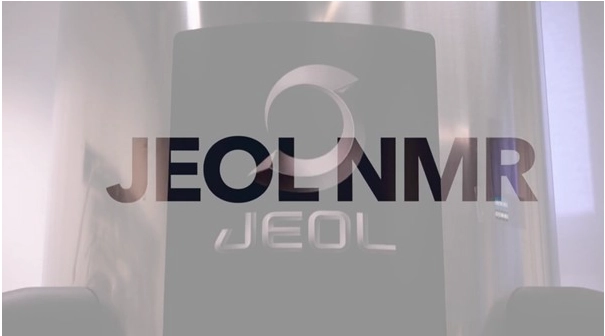
MF - Part of it is the fact that you’re saving the magnet. This is a huge disposal issue because there are multiple materials in there, like stainless steel, a fair number of plastics, tin, and there are some precious metals. Upgrading saves the magnet from going into a landfill. When we upgrade a console, we reach out to the vendor or third-party companies that will take the old console for parts. We take a landfill-last approach and work with third-party companies that look for parts to keep older systems running. We help others by donating older consoles. That’s the most sustainable part of the equation.
This editorial was published in partnership with JEOL
View the digital NMR Console Upgrade Guide at: www.jeolusa.com/NMRupgrade
